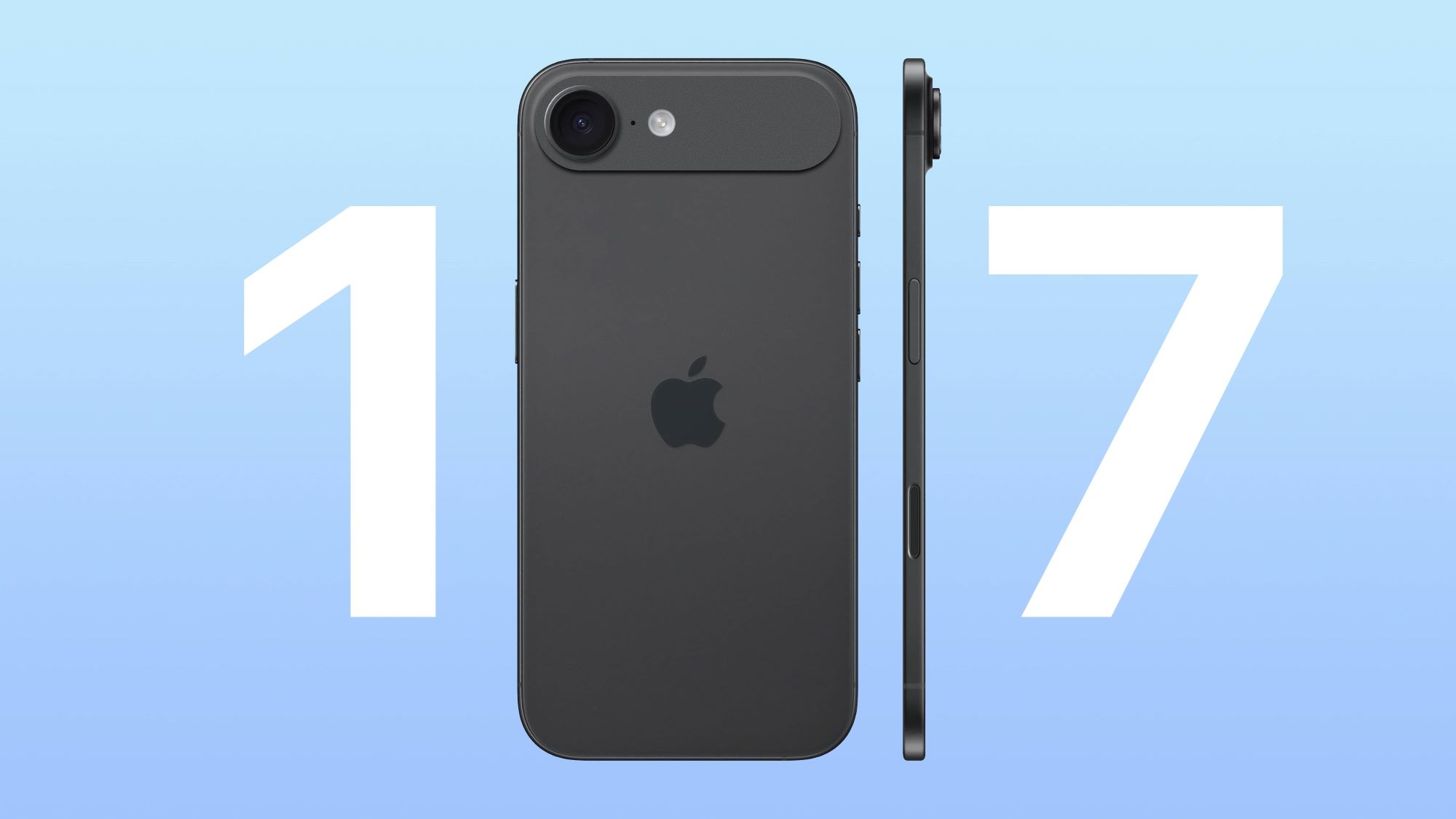Microsoft’s latest move to streamline the building of generative AI applications has arrived. In a public preview release, Logic Apps Standard now boasts built-in actions for document parsing and chunking, paving the way for a smoother, low-code approach to Retrieval-Augmented Generation (RAG)-based ingestion.
What’s the Big Deal?
For those unacquainted, RAG is a technique that marries the strengths of retrieval models (finding relevant information) with generative models (creating new content).
Think of it as giving your AI a vast library to consult before it crafts its eloquent responses. This is a critical component for generative AI applications that rely on accurate and contextually relevant data.
Why Does This Matter?
Historically, ingesting and preparing data for RAG has been a bottleneck, often requiring extensive coding and specialized skills. Microsoft’s new actions in Logic Apps Standard aim to democratize this process. By providing out-of-the-box capabilities for parsing and chunking documents, even those with limited coding experience can build powerful RAG-based applications. This means faster development cycles, reduced costs, and the potential for a whole new wave of AI-powered innovations.
Digging Deeper: The Nuts and Bolts
Let’s break down what this new preview actually entails:
- Built-in Document Parsing and Chunking: No more wrangling with complex code to extract data from documents. Logic Apps Standard now handles this automatically, supporting both structured and unstructured data types.
- Seamless Integration with AI Search: The parsed and chunked data is directly ingested into Azure AI Search, making it readily available for your RAG models.
- Low-Code Templates: Jumpstart your development with pre-built templates designed for common RAG patterns. Connect to a plethora of data sources (SharePoint, OneDrive, REST APIs, etc.) without writing a single line of code.
- Flexibility and Customization: While the templates offer a great starting point, Logic Apps’ inherent flexibility allows you to tailor the ingestion process to your specific needs.
The Wider Implications
This preview release is more than just a technical upgrade. It signals a broader shift towards making AI development more accessible. By reducing the barriers to entry, Microsoft is empowering a wider range of users to harness the potential of generative AI.
Potential Use Cases
The applications for RAG-based ingestion are vast and varied:
- Customer Service Chatbots: Provide more accurate and personalized responses by leveraging RAG to access relevant customer data and knowledge bases.
- Content Generation: Create high-quality, contextually relevant content by training your models on a diverse range of ingested data.
- Knowledge Management: Improve information retrieval and discovery within your organization by building powerful RAG-based search engines.
- And Beyond: The possibilities are truly endless, limited only by your imagination.
While this preview is exciting, it’s important to remember that it’s still early days. Expect some rough edges and limitations as Microsoft continues to refine the experience.
With tools like these, the future of AI development looks increasingly inclusive. We can look forward to a world where AI is not just the domain of tech giants, but a tool that empowers individuals and organizations of all sizes.




